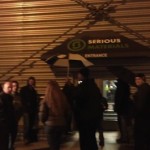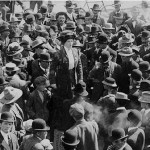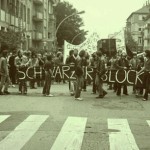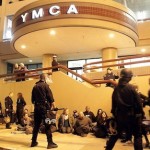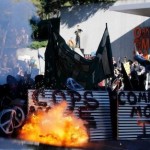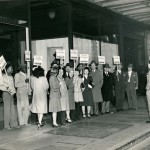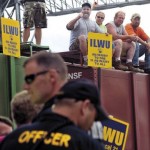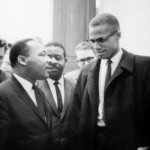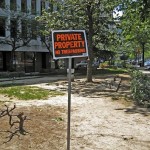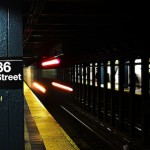
The Singer in the Subway: Damon C. Scott and Storm Queen
In 2007, Washington Post columnist Gene Weingarten and Grammy Award-winning classical violinist Joshua Bell teamed up to play a prank on commuters in Washington, DC’s public transportation system. Weingarten’s account of what he called “an experiment in context, perception and priorities—as well as an unblinking assessment of public taste” appeared in a Post article called “Pearls Before Breakfast.” It describes how Bell stood in the L’Enfant Plaza Station posing as a subway busker, and performed a selection of classical pieces typical of his concerts. He played them on his Gibson ex Huberman Stradivarius—a 300-year-old piece of wood that is valued at $3.5 million.
 Viewpoint Magazine
Viewpoint Magazine